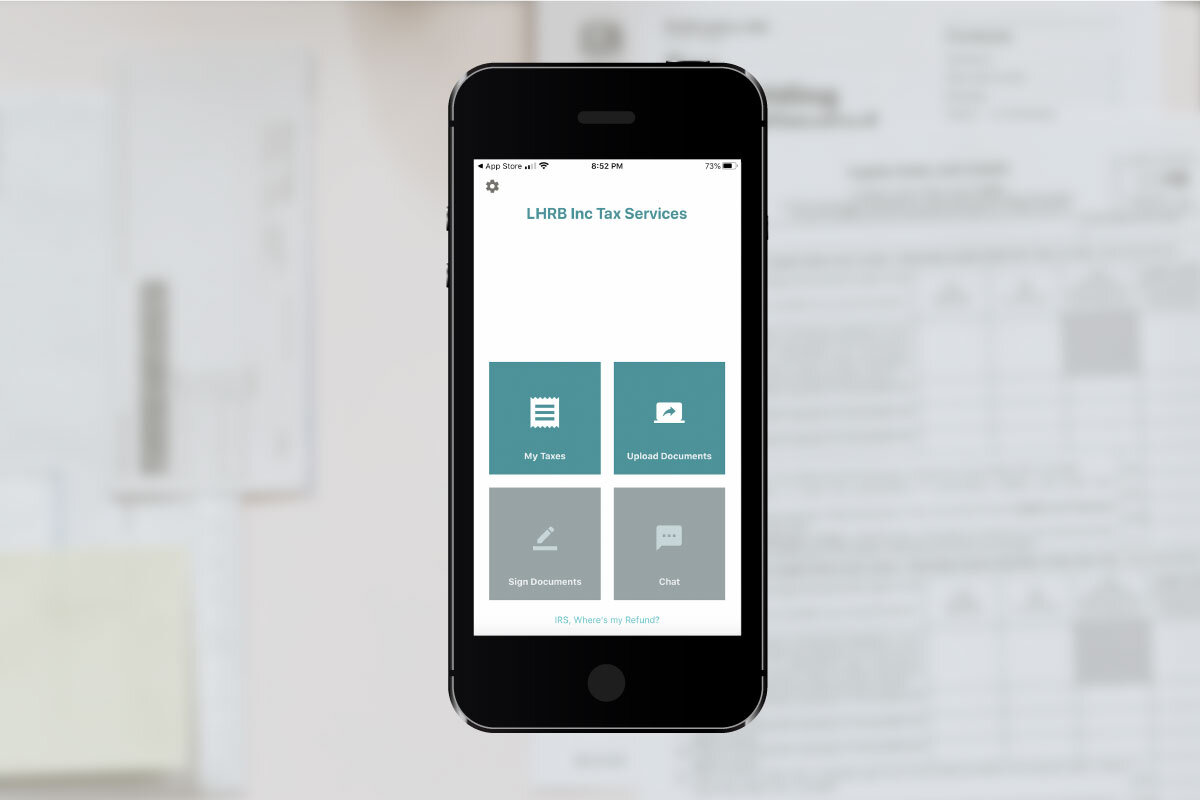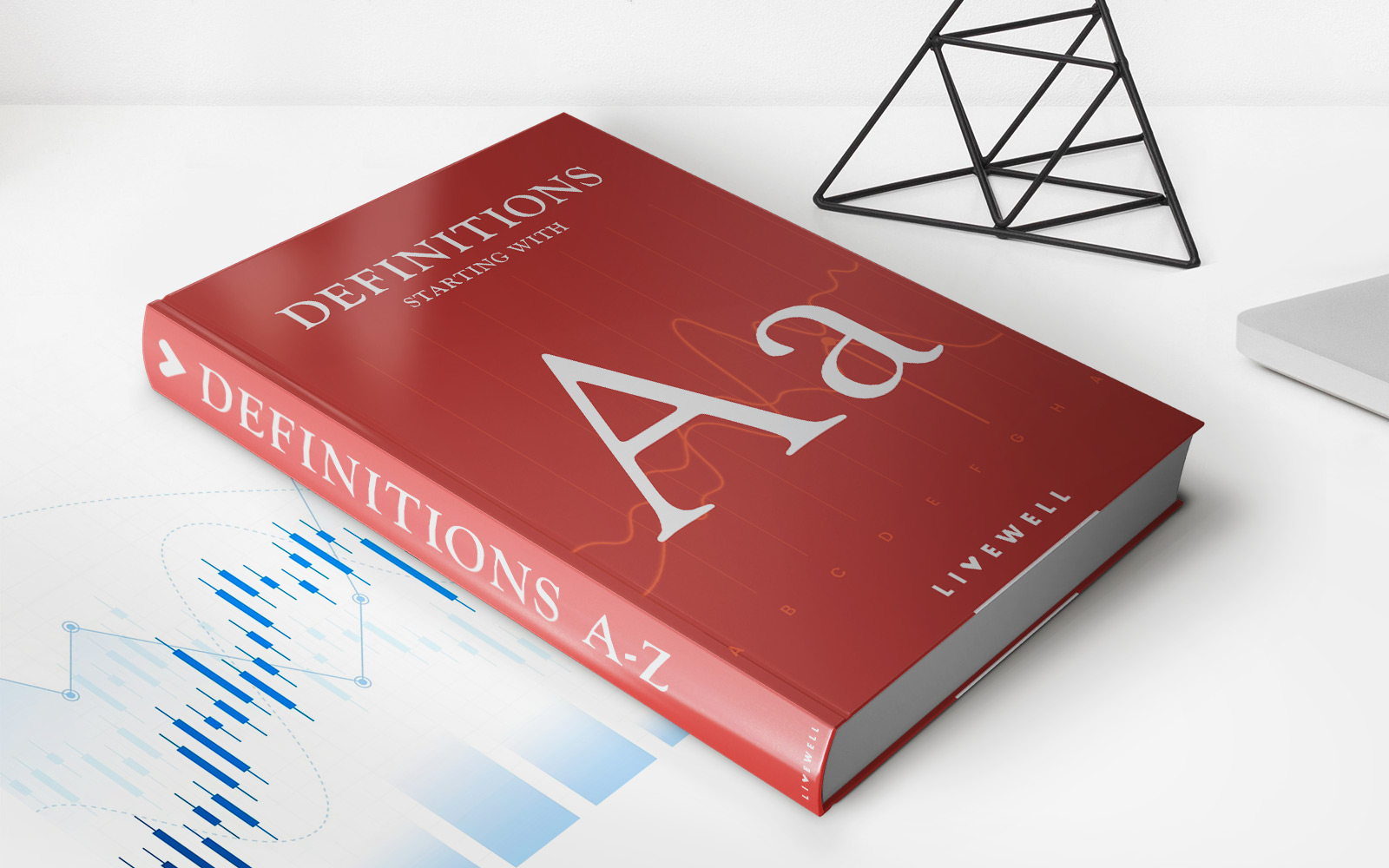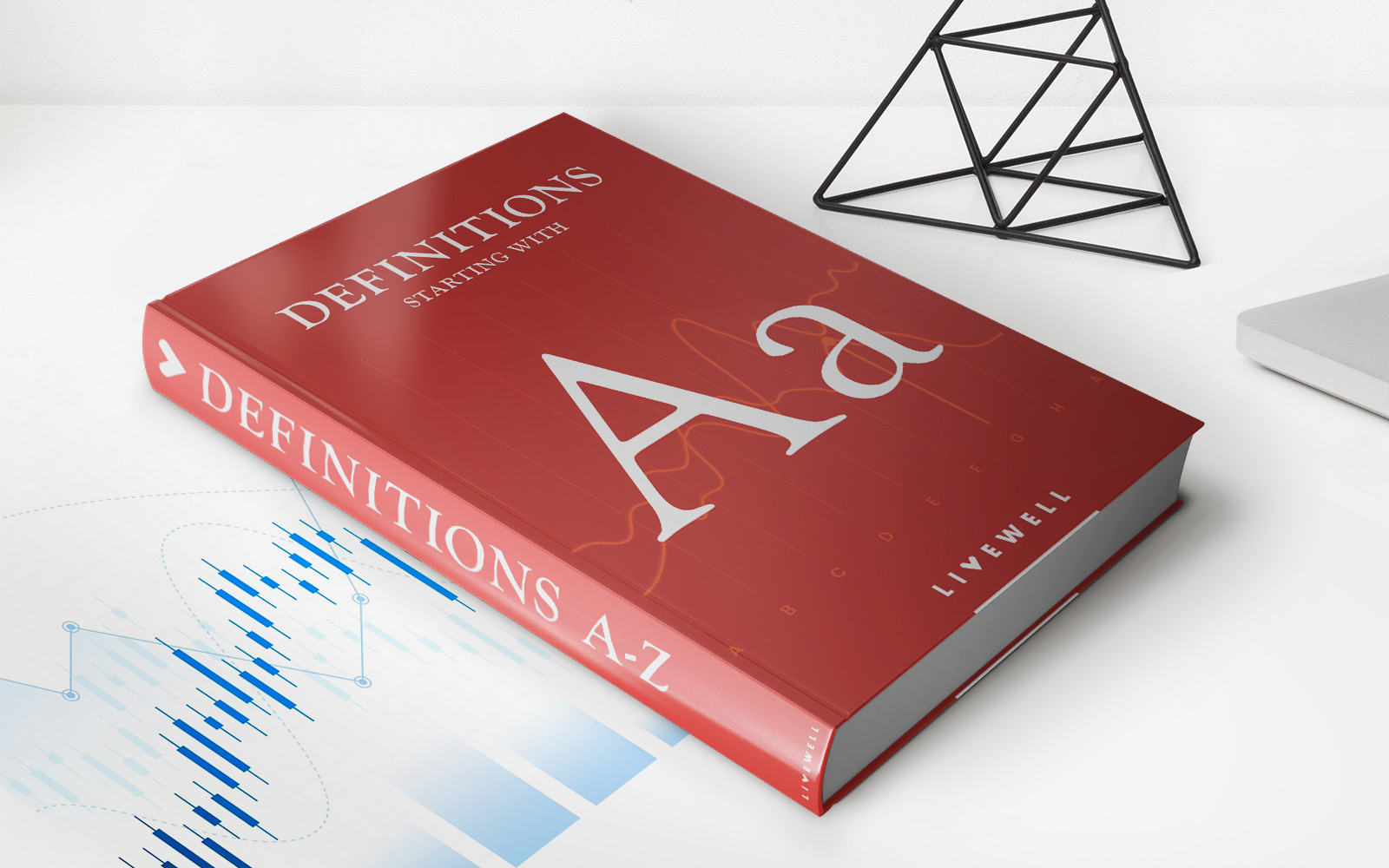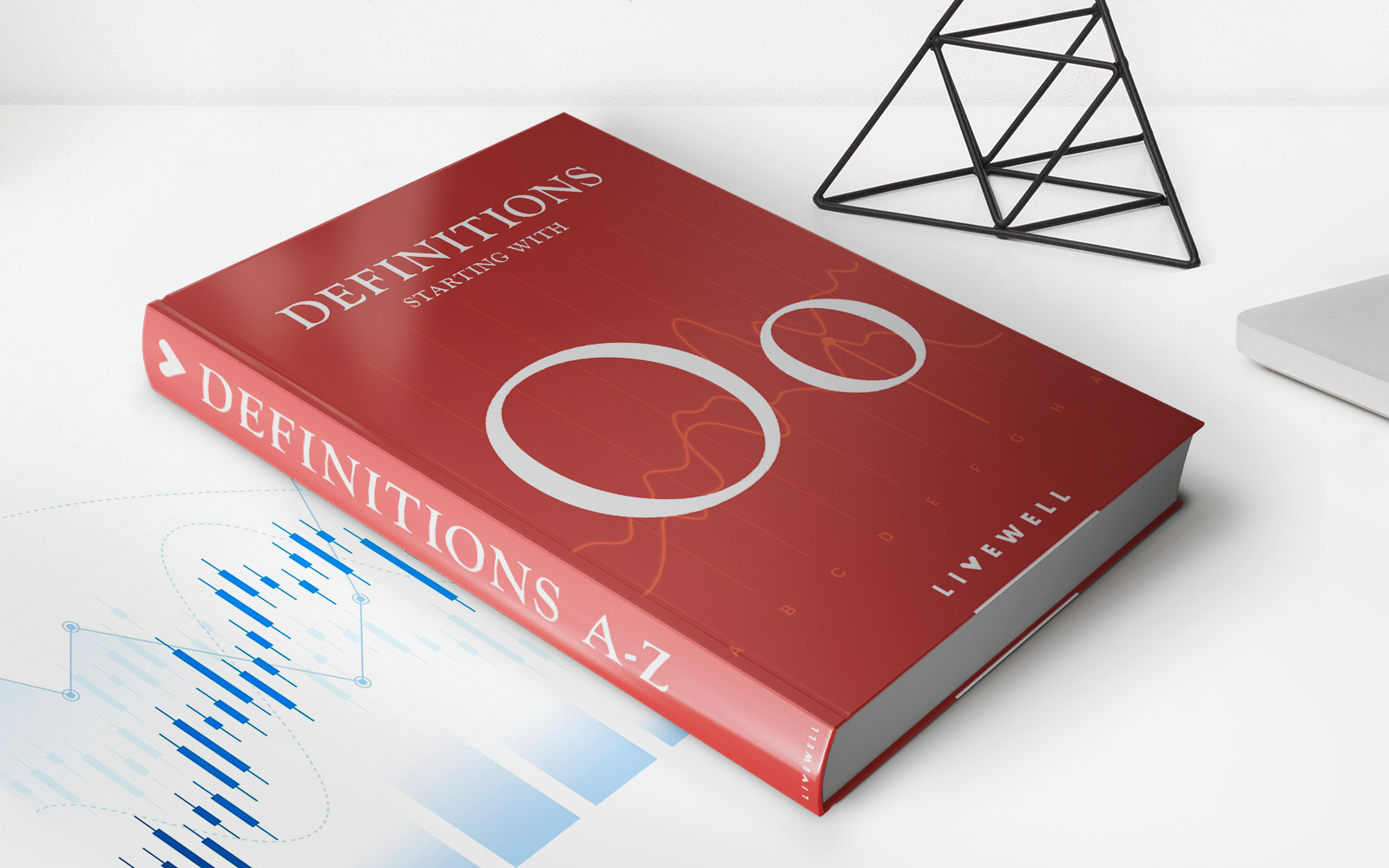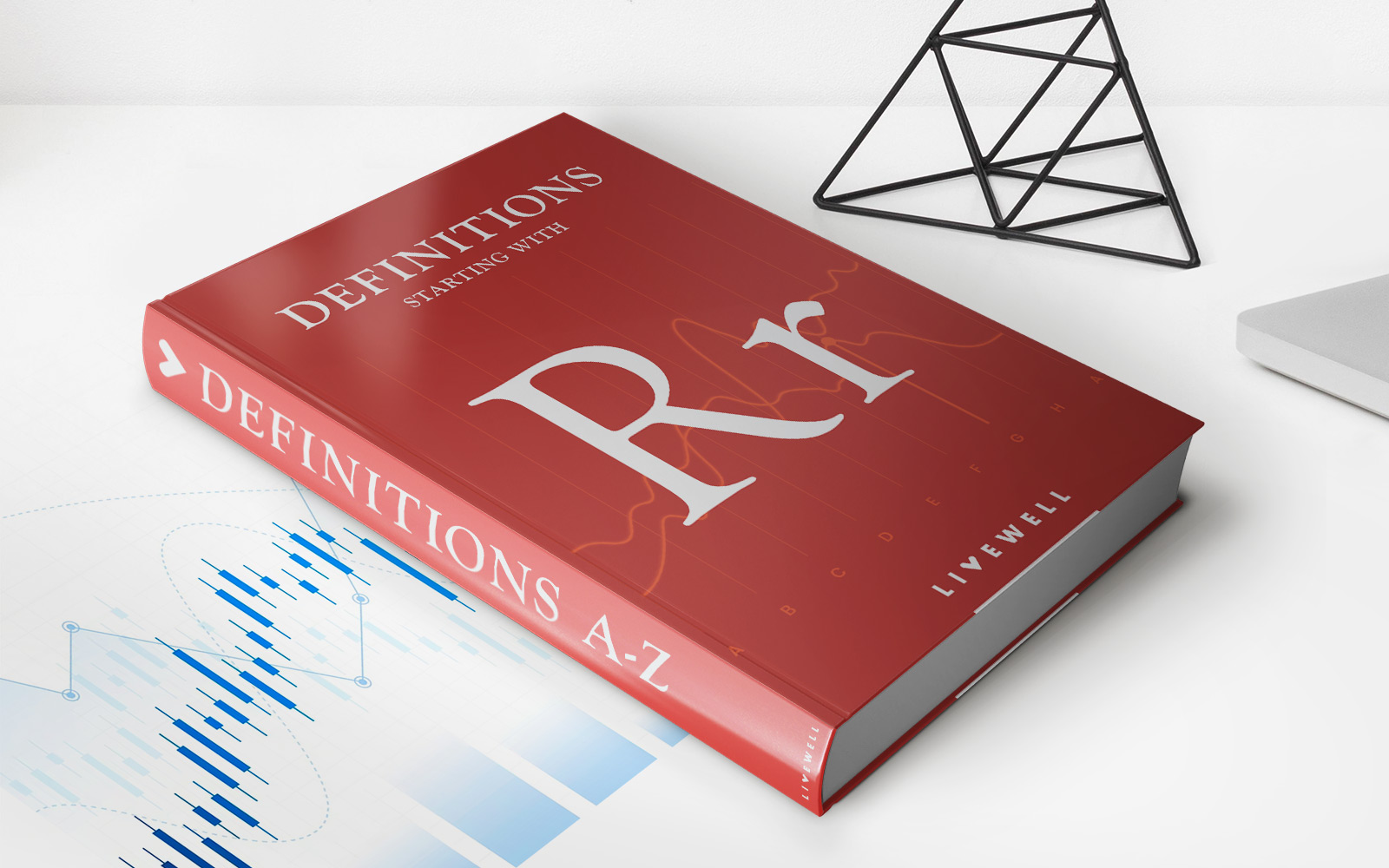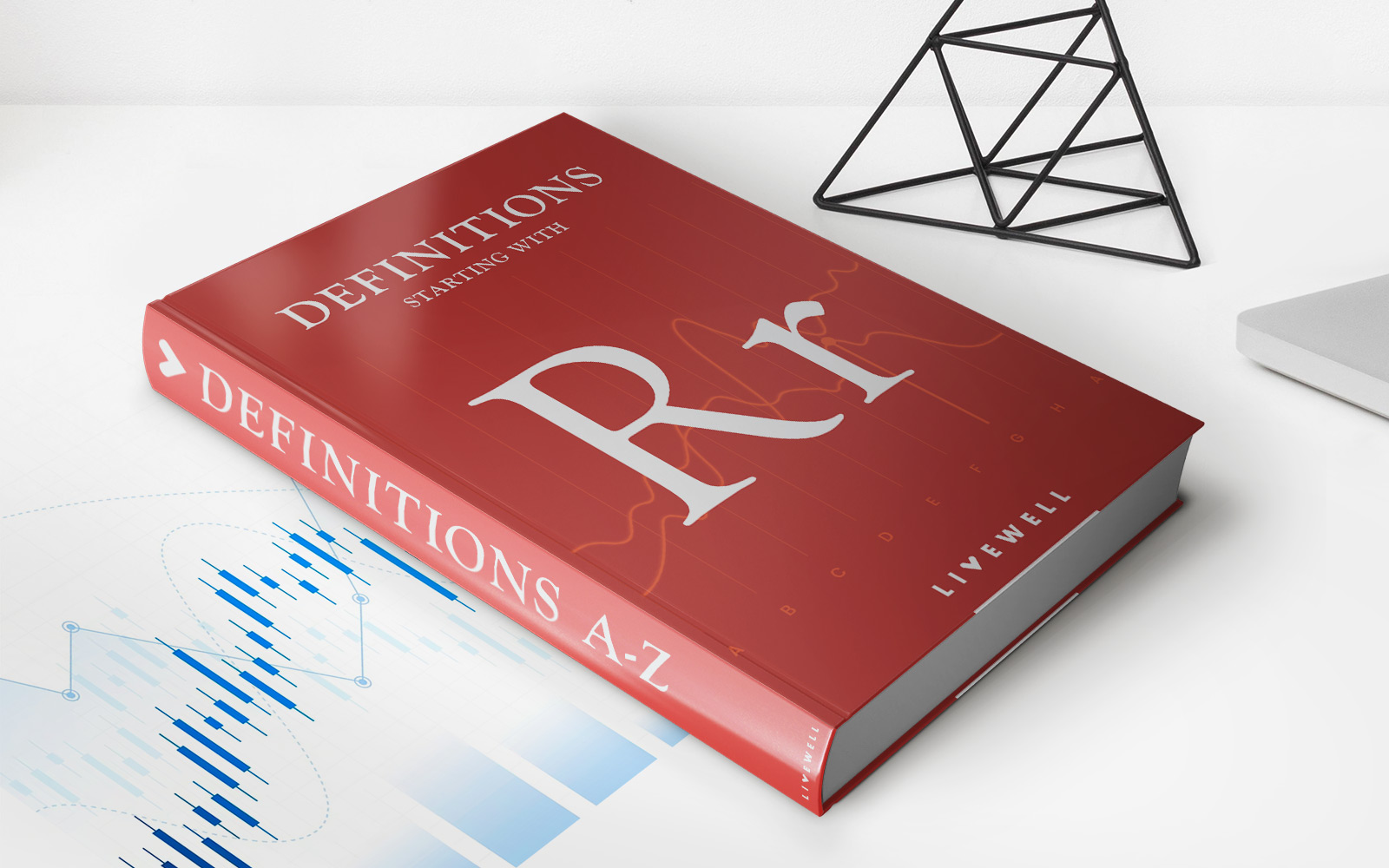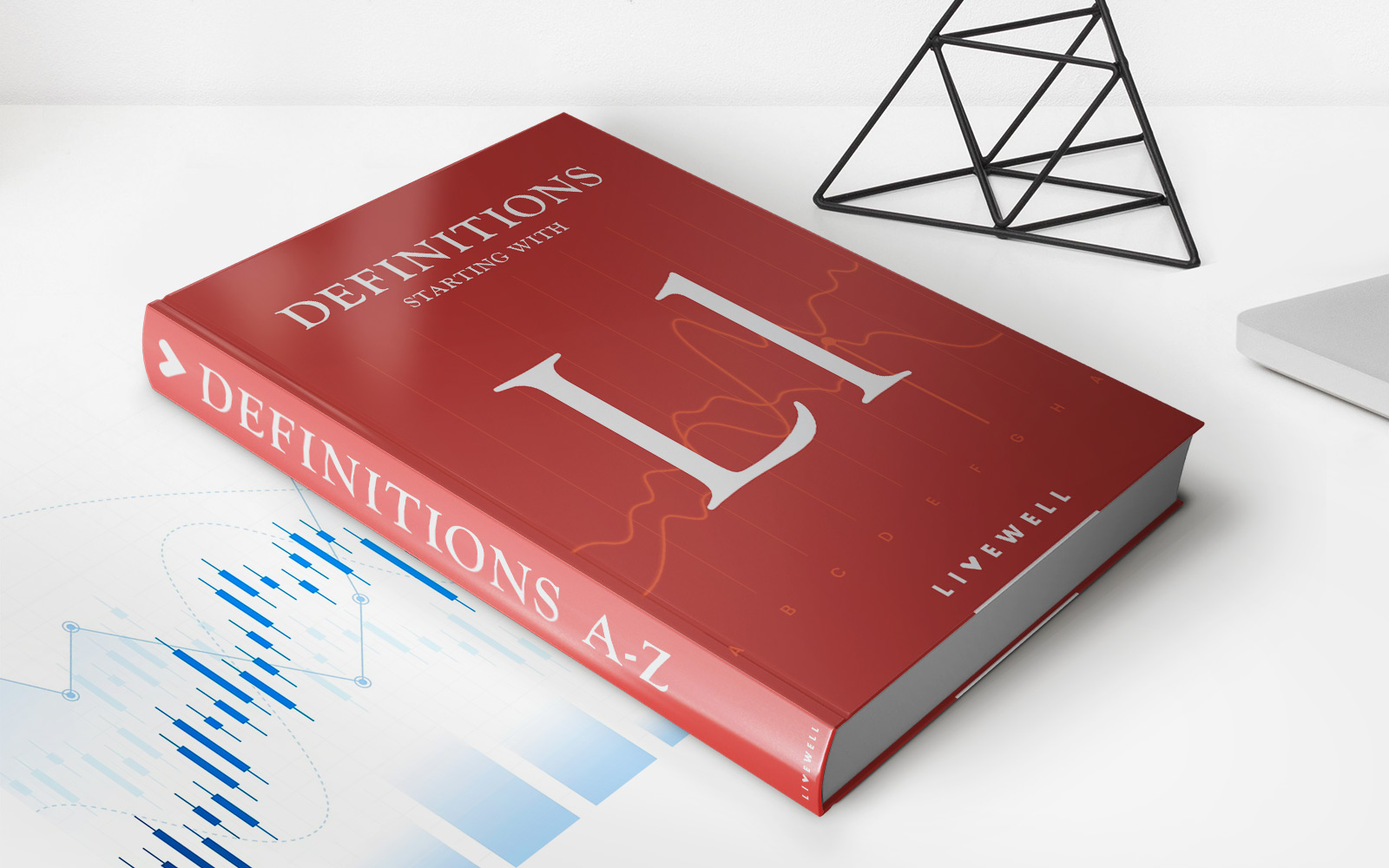

Finance
Low/No Documentation Loan Definition
Published: December 21, 2023
Learn the definition of low/no documentation loan in finance. Find out how this type of loan can benefit borrowers who have difficulty providing traditional documentation.
(Many of the links in this article redirect to a specific reviewed product. Your purchase of these products through affiliate links helps to generate commission for LiveWell, at no extra cost. Learn more)
Low/No Documentation Loan Definition: A Helpful Guide
Are you in need of a loan but find the extensive paperwork and documentation requirements overwhelming? If so, you’ll be relieved to learn about a financial solution that suits your situation – low/no documentation loans. In this blog post, we will provide a comprehensive definition of low/no documentation loans, how they work, and why they may be a suitable option for you.
Key Takeaways:
- Low/no documentation loans are designed for individuals who have difficulty providing traditional income verification documents.
- These loans offer a streamlined application process, providing borrowers with quicker access to much-needed funds.
What are Low/No Documentation Loans?
A low/no documentation loan, also known as a “stated income” or “low doc” loan, is a type of loan that requires minimal documentation to process the application. Traditional mortgage loans often require borrowers to provide extensive financial records, such as tax returns, pay stubs, and bank statements, to verify their income and ability to repay the loan. However, low/no documentation loans offer an alternative for individuals who struggle to meet these requirements.
Low/no documentation loans have become more popular among self-employed individuals, freelancers, and small business owners, as they often rely on varying income streams beyond the stability of a regular paycheck. Without the need for voluminous paperwork, borrowers can access loans based on their stated income, hence the alternate term “stated income loan”.
How Do Low/No Documentation Loans Work?
The application process for low/no documentation loans differs from traditional loans in various ways. Lenders who offer these loans focus less on traditional income verification and place greater emphasis on the borrower’s credit history, collateral, and financial stability.
Here’s an overview of how low/no documentation loans typically work:
- Application: Borrowers provide basic personal information, including their name, address, and employment history. They may also need to disclose their average monthly income.
- Credit Check: Lenders evaluate the borrower’s creditworthiness by reviewing their credit score and credit history. A higher credit score can increase the likelihood of loan approval.
- Collateral: In some cases, borrowers may need to provide collateral, such as real estate or vehicles, to secure the loan. This reduces the lender’s risk and can improve the chances of loan approval.
- Stated Income: Borrowers are required to state their income without providing extensive documentation to verify it. While lenders may not confirm the income details, borrowers are expected to be honest and accurate in their declarations.
- Interest Rates and Terms: The interest rates and loan terms for low/no documentation loans may differ from traditional loans because of the heightened risk for lenders. Borrowers should carefully review the offered terms before accepting the loan.
Advantages and Considerations
Low/no documentation loans offer several advantages for borrowers who have difficulty meeting traditional loan requirements:
- Quick Approval: With less documentation required, the approval process is often faster, allowing borrowers to access funds when they need them most.
- Flexibility: These loans provide flexibility for those with non-traditional income streams, making it easier for freelancers, self-employed individuals, or small business owners to secure financing.
Although low/no documentation loans can be beneficial under certain circumstances, it’s important to consider the following:
- Higher Interest Rates: Due to the increased risk associated with these loans, borrowers may encounter higher interest rates compared to traditional loan options. It’s crucial to assess the long-term financial implications before committing to the loan.
- Risk of Overextending: Without thorough income verification, borrowers must be cautious not to overestimate their ability to repay the loan. It’s essential to have a realistic understanding of your financial situation.
In Conclusion
Low/no documentation loans provide an alternative financing option for individuals who struggle to meet the extensive paperwork requirements of traditional loans. By streamlining the application process and emphasizing creditworthiness and collateral, these loans offer flexibility and quick access to funds. However, borrowers should carefully consider the potential risks involved, such as higher interest rates and the need for realistic repayment strategies. As with any financial decision, it is advisable to consult with a trusted financial advisor and thoroughly evaluate your personal circumstances before pursuing a low/no documentation loan.


